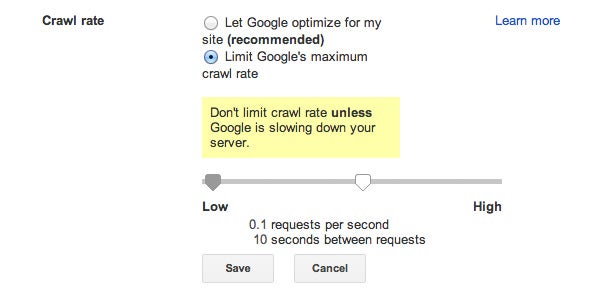Google Keyword Planner and Other Keyword Volume Tools
Keyword research is a make-or-break stage in any SEO campaign. If you do it wrong, all your efforts (and money) are in vain. This is why you need a reliable keyword research tool. For many years THE tool for keyword
Continue Reading →

















